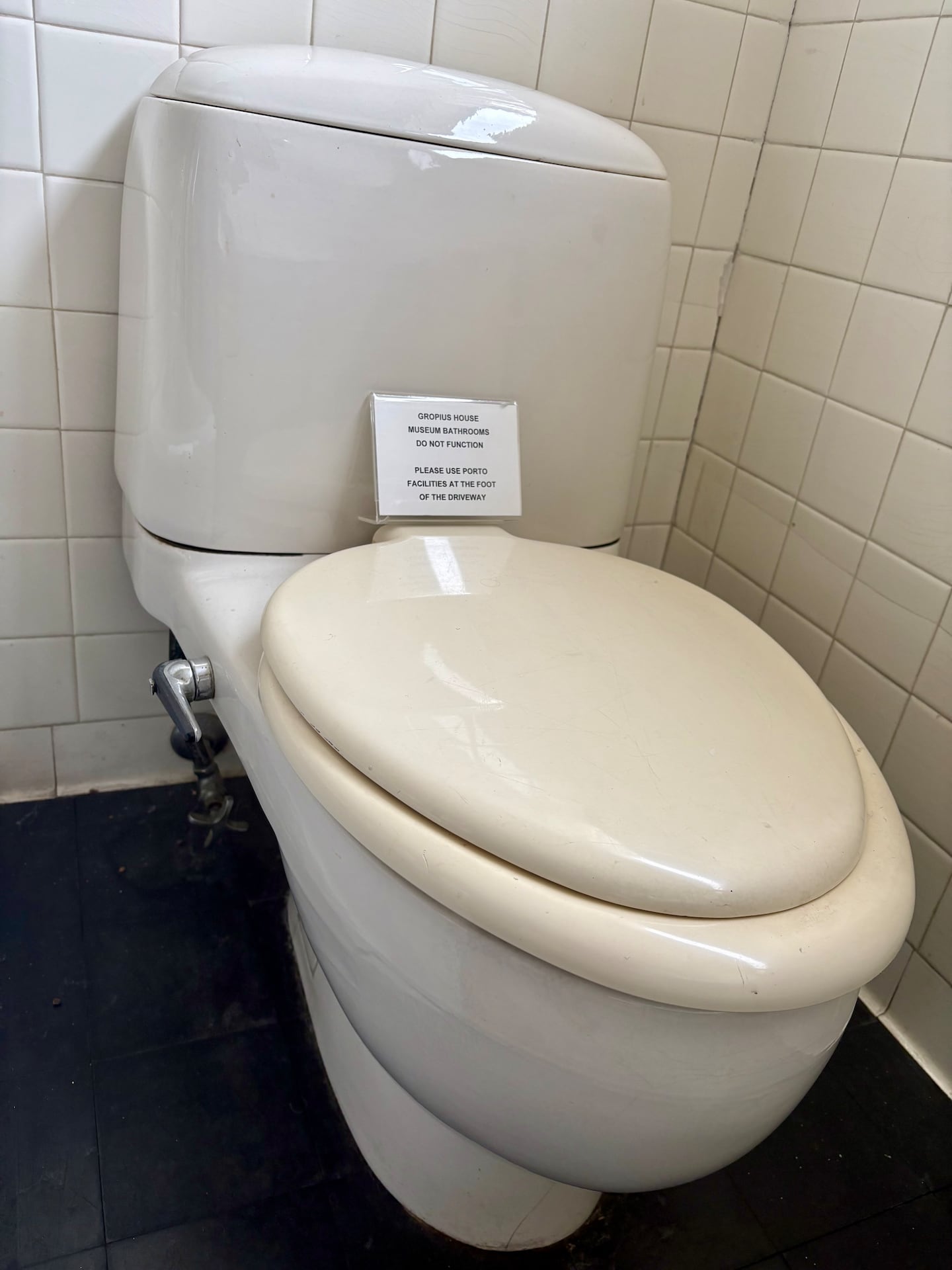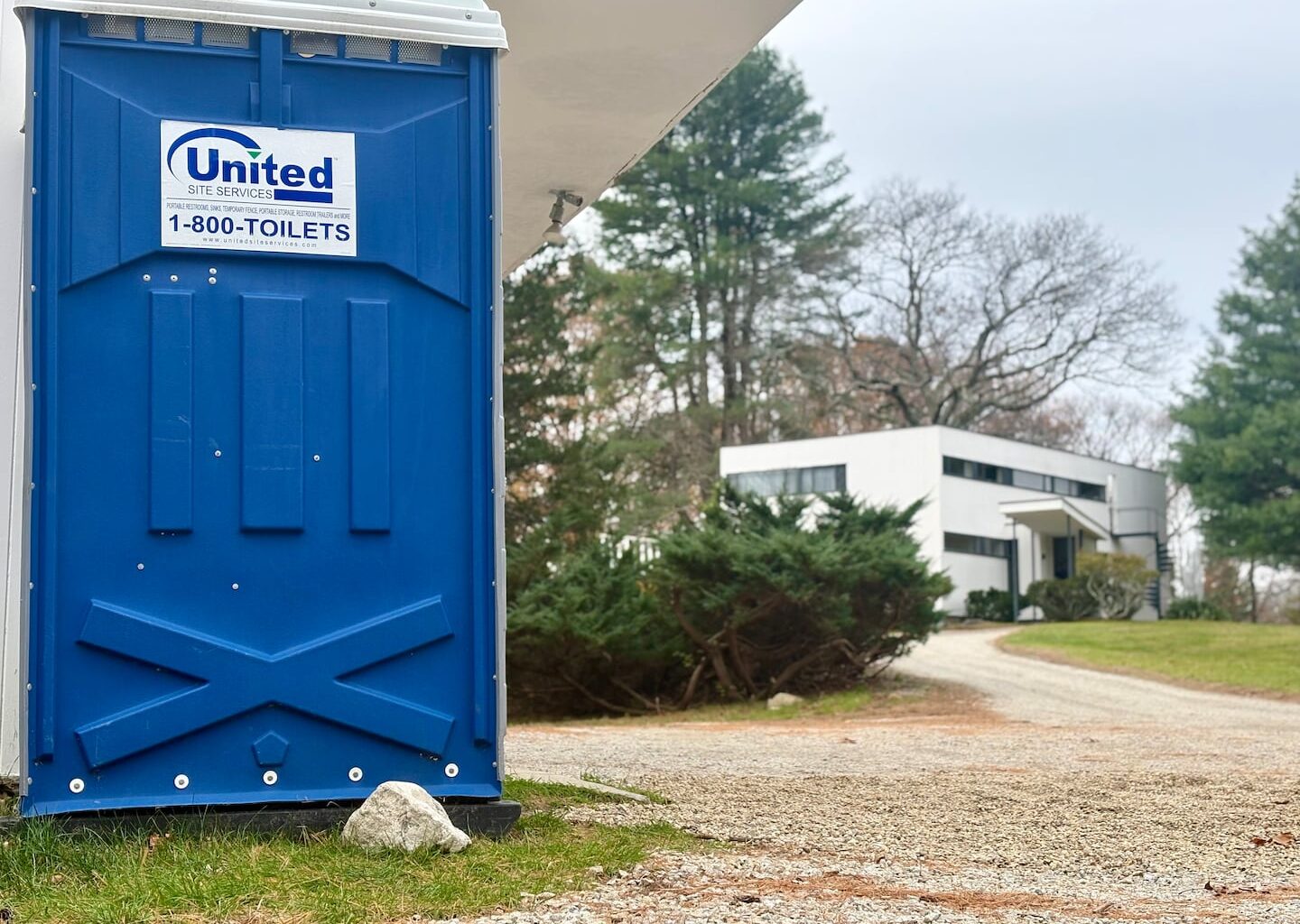LINCOLN — For decades, architecture and design enthusiasts have made pilgrimages here to the Gropius House — a paragon of mid-century cool with its clean lines, iconic furnishings, and landscape of rolling hills.
Designed by Walter Gropius, founder of the Bauhaus, the museum is a triumph of modernist ideas paired with New England building traditions. It brims with seminal works of 20th century design, and Gropius, a proponent of functional design, outfitted the building with four ample bathrooms.
Not that visitors get to use them. Those heeding the call of nature while at the house museum are instead directed to a very different icon of international design: The blue porta-potty next to the garage, these days courtesy of an outfit summoned at 1-800-TOILETS.
Now, Historic New England is hoping to change that, offering visitors a measure of relief via an international design competition to imagine a public potty worthy of Gropius.
Get Starting Point
A guide through the most important stories of the morning, delivered Monday through Friday.
The competition, which officially launched last week, seeks proposals that not only envision public restrooms on the site, but also reconfigure the small visitor center located in the property’s freestanding garage.
Vin Cipolla, president and chief executive of Historic New England, said the competition is part of a broader push by the preservation group to make its properties more accessible.
“It’s about a really big, wide invitation, a provocation for all ideas,” said Cipolla, who called the competition the first of its kind in the organization’s 115-year history. “The porta-potty gets a lot of activity.”
 Although the Gropius House has four indoor toilets, visitors are encouraged to use an outdoor porta-potty.Malcolm Gay/Globe Staff
Although the Gropius House has four indoor toilets, visitors are encouraged to use an outdoor porta-potty.Malcolm Gay/Globe Staff
Board member Allen Kolkowitz, who conceived of and is underwriting the competition, noted that it coincides with the centenary of Bauhaus Dessau, the Gropius-designed building that became the school’s headquarters. He called the competition an opportunity “to see what the enduring influence is of Bauhaus philosophy.”
“There’s something so visceral about it,” said Kolkowitz. “We have an extraordinary opportunity to explore the depth of the legacy.”
Gropius, one of the most influential architects of the 20th century, arrived in Massachusetts a few years after the Nazis shuttered the Bauhaus in 1933. He designed the Lincoln home for his family when he started teaching at the Harvard Graduate School of Design, a tenure that profoundly shaped the school’s modernist focus.
Completed in 1938, the home exemplifies his focus on functional design, the use of readily available materials, and the building’s integration with its surrounding landscape. Gropius’s wife, Ise, donated the home and all of its contents to Historic New England in 1979. The building was designated a National Historic Landmark in 2000.
The bathroom competition has two tracks, one for working professionals and another for students. Kolkowitz said he hoped entries will channel Bauhausian principles, integrating new materials and technologies in an effort to push conventional design forward.
“I cannot imagine a more appropriate and incredible opportunity,” he said. “The ask is so tangible, but the reality of it is so broad.”
A jury will review the submissions, and winners will receive a cash prize, inclusion in the Gropius House archives, and an exhibition at the property.
Cipolla said that once the winning entry is selected (in late March, 2026), the preservation group will seek funding to build the design.
“What we are sure of at this point is that the present condition is not where we want to be,” said Cipolla. “We think as an organization we can do better.”
Malcolm Gay can be reached at malcolm.gay@globe.com. Follow him @malcolmgay.
